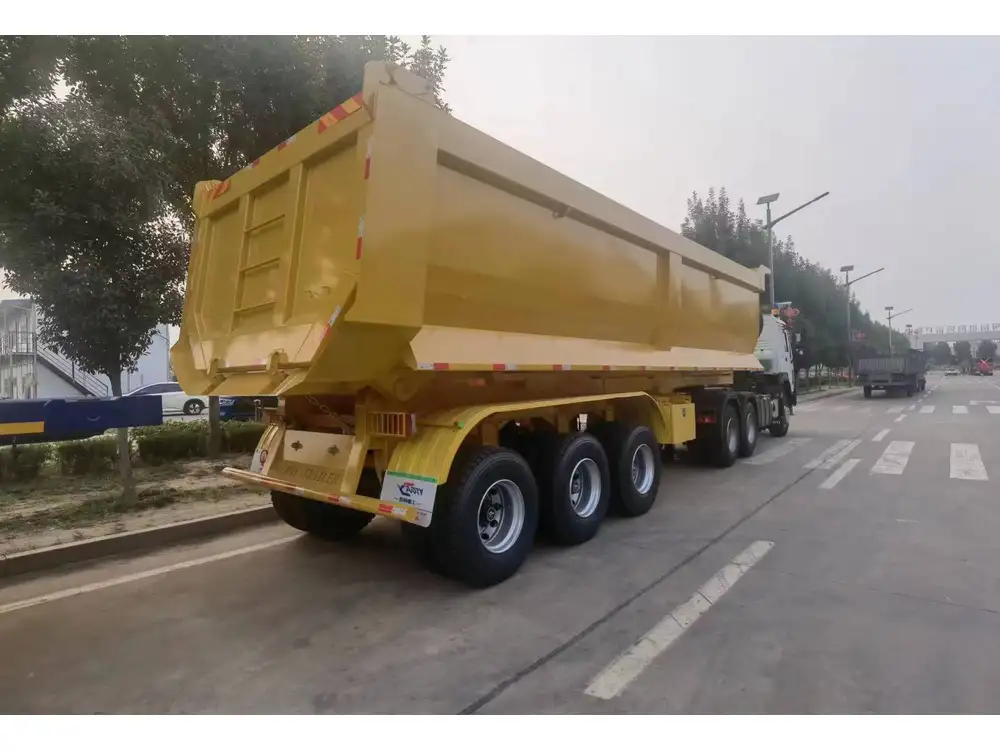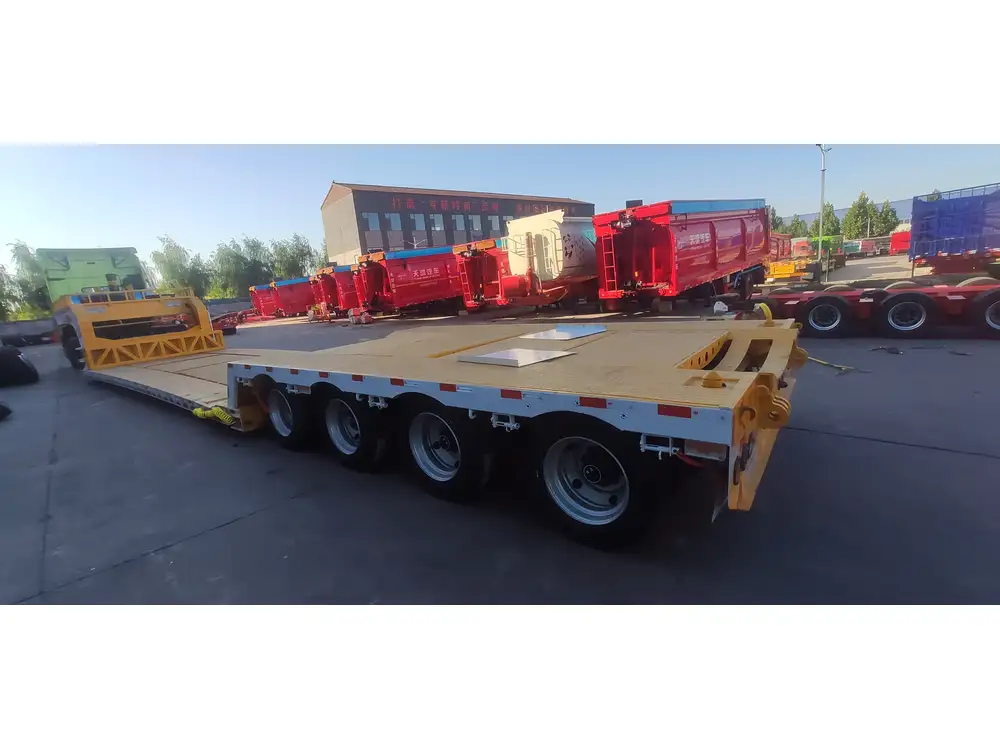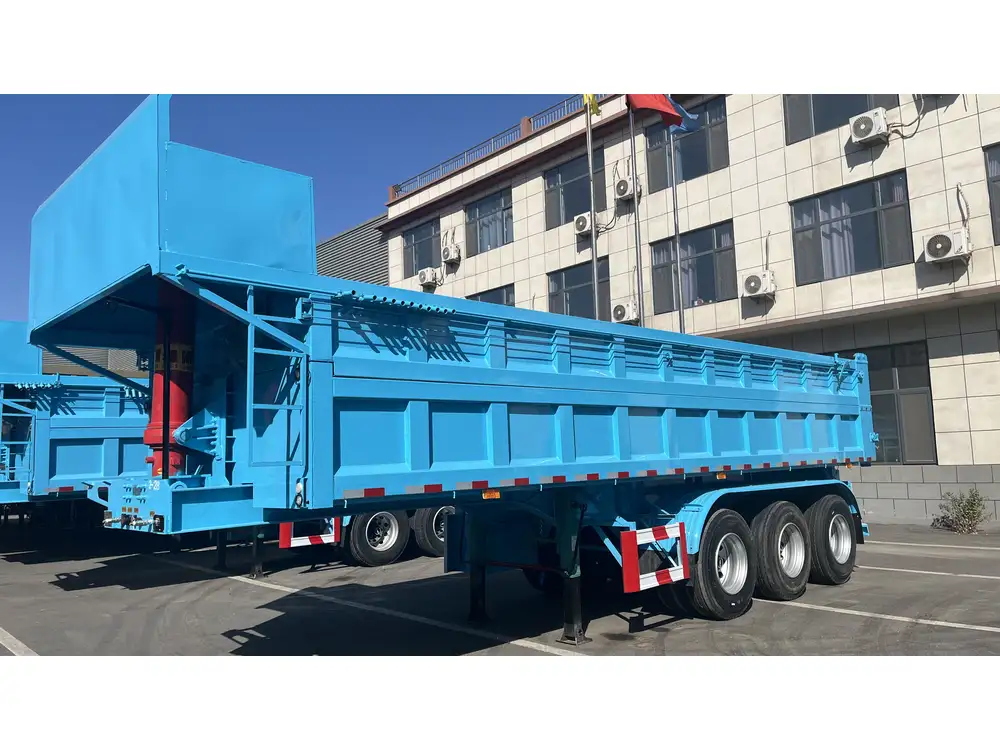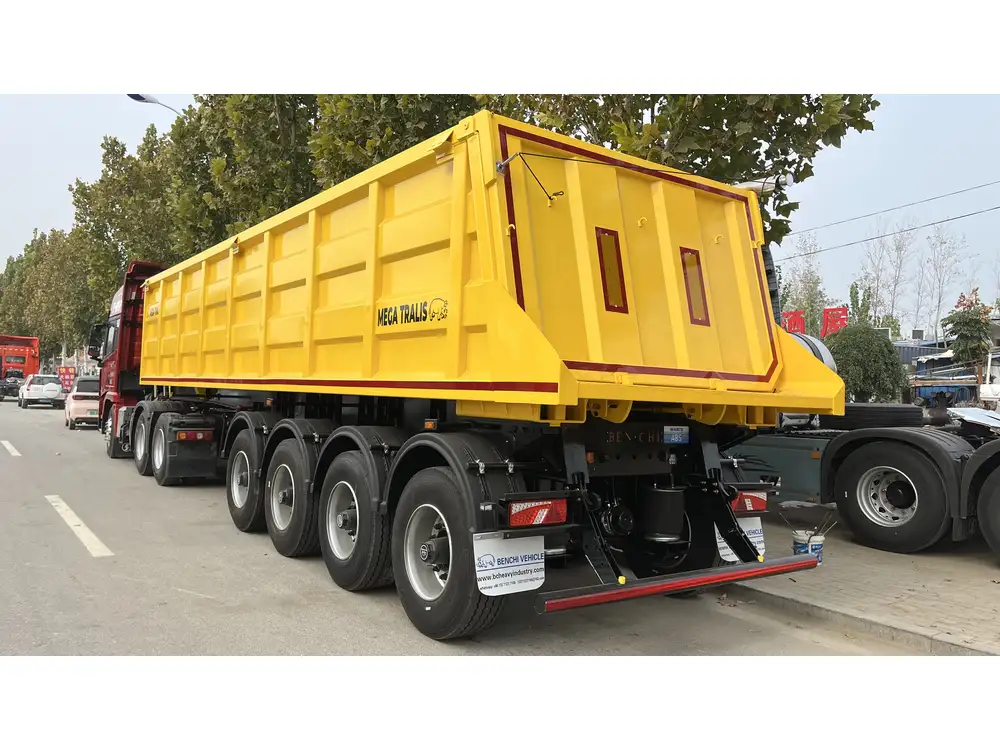In the world of semi-trailer manufacturing and operation, ensuring optimal performance is paramount. One critical factor affecting this performance is the integrity of the air system. Specifically, air leaks in semi-trailers can lead to significant operational challenges. This article delves into what happens when a trailer air leak occurs, the implications for performance, safety, and efficiency, and how to address these issues effectively.
Table of Contents
- What is an Air Leak in a Semi-Trailer?
- Common Causes of Trailer Air Leaks
- Signs of an Air Leak
- Effects of Air Leaks on Trailer Operation
- Troubleshooting Air Leaks
- Preventative Measures
- Conclusion
What is an Air Leak in a Semi-Trailer?
In the realm of semi-trailer functionality, air leaks refer to unintended air escapes within the trailer’s pneumatic system. This system is integral for operating various features such as braking, suspension, and loading/unloading mechanisms. An air leak can stem from various sources within the trailer’s structure, leading to decreased system performance and potential safety hazards.

Common Causes of Trailer Air Leaks
Defective Seals and Gaskets
Seals and gaskets play crucial roles in maintaining airtight connections in the trailer’s pneumatic system. Over time, temperature fluctuations, wear and tear, and exposure to the elements can cause these components to degrade. When seals fail, air escapes unnoticed, leading to inefficient operation.
Damaged Air Lines
Air lines are the conduits through which compressed air travels to and from various components of the trailer. Damage to these lines—due to friction, movement, or external impacts—can create punctures or cracks, significantly contributing to air leaks. Regular inspections of these lines are essential for early detection of issues.

Faulty Valves
Valves regulate air flow, and any fault in their operation can lead to leaks. Valves can become clogged, corroded, or mechanically compromised, leading to air pressure imbalances. Identifying failing valves is critical for maintaining the integrity of the air system.
Signs of an Air Leak
Visual Inspection
Performing a thorough visual inspection is the first step in identifying air leaks. Look for any visible damage to seals, hoses, and fittings. Moisture or condensation around connections often indicates a potential air leak.

Performance Indicators
Operational challenges can act as red flags for air leaks. Notable delays in braking response, unusual noises during trailer operation, or inconsistent suspension performance can signify deeper issues, necessitating immediate attention.
Effects of Air Leaks on Trailer Operation
Increased Fuel Consumption
One of the most immediate effects of air leaks is the increase in fuel consumption. When the air system is compromised, the engine has to work harder to maintain the necessary pressure, leading to inefficient fuel use. This can substantially increase operational costs for fleet operators.

Braking System Integrity
Perhaps the most critical aspect affected by air leaks is the braking system. A compromised air supply can lead to reduced braking efficiency or total failure, risking safety for the driver and other road users. Regular checks on the braking system can help mitigate these risks.
Cargo Security
An unseen air leak can compromise the trailer’s suspension, affecting load stability. An unstable load can shift during transit, leading to potential accidents and cargo damage. Ensuring secure cargo through a well-maintained air system is essential for safe transportation.
Troubleshooting Air Leaks

Diagnostic Tools
Utilizing proper diagnostic tools is crucial for identifying the source of air leaks. These can include:
- Pressure Gauges: Help monitor air pressure within the system.
- Ultrasonic Leak Detectors: Use high-frequency sound waves to detect air leaks that may not be audible to the human ear.
- Smoke Test Kits: Release smoke into the system to visualize where leaks may be occurring.
Step-by-Step Leak Detection
- Initial Air Pressure Check: Start by verifying that the trailer has the correct air pressure.
- Visual Inspection of Components: Check seals, air lines, and fittings for visible damage.
- Listen for Hissing Sounds: With the engine off, listen carefully for any hissing noises that may indicate escaping air.
- Utilize Diagnostic Tools: Use ultrasonic detectors or smoke test kits to pinpoint leak locations.
- Document Findings: Record where leaks are found for further repair needs.
Preventative Measures

Routine Maintenance Checks
Establishing a routine maintenance schedule is vital for preventing air leaks and ensuring the trailer operates efficiently. Regularly inspect:
- Air lines and fittings for wear.
- Seals and gaskets for signs of degradation.
- Braking system components for proper function.
Upgrading Components
Incorporating higher-quality components can significantly reduce the risk of air leaks. Invest in durable seals, reinforced air lines, and high-quality valves that are designed to withstand the rigors associated with heavy-duty transportation.
Conclusion
Understanding what happens when air leaks occur in semi-trailers is integral for manufacturers and operators alike. From identifying the common causes and symptoms of air leaks to implementing preventative measures, addressing this issue proactively can enhance the safety, efficiency, and overall operational effectiveness of semi-trailers. By prioritizing regular maintenance and employing efficient troubleshooting techniques, stakeholders can mitigate risks and ensure that both the transport of goods and the safety of drivers are safeguarded.
Empowering operators with extensive knowledge about air leaks not only fosters a safer transportation environment but also aligns with the industry’s quest for excellence in semi-trailer performance. As manufacturers, we are committed to providing durable and reliable products, which in turn sheds light on the necessity for diligence in maintaining the trailer’s air system. Keeping a vigilant eye on trailer air integrity translates to enhanced operation and ultimately, a more successful logistics endeavor.



